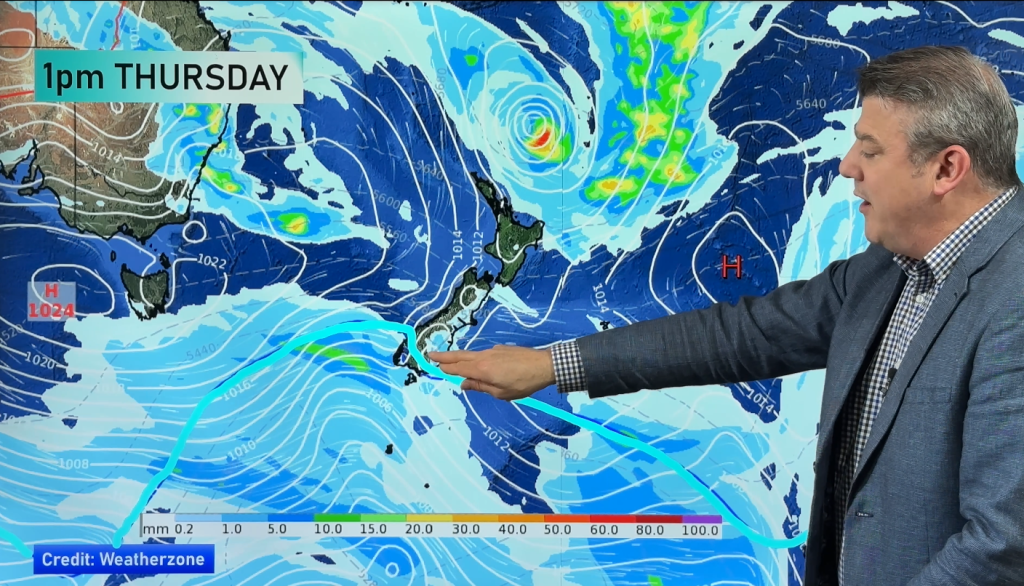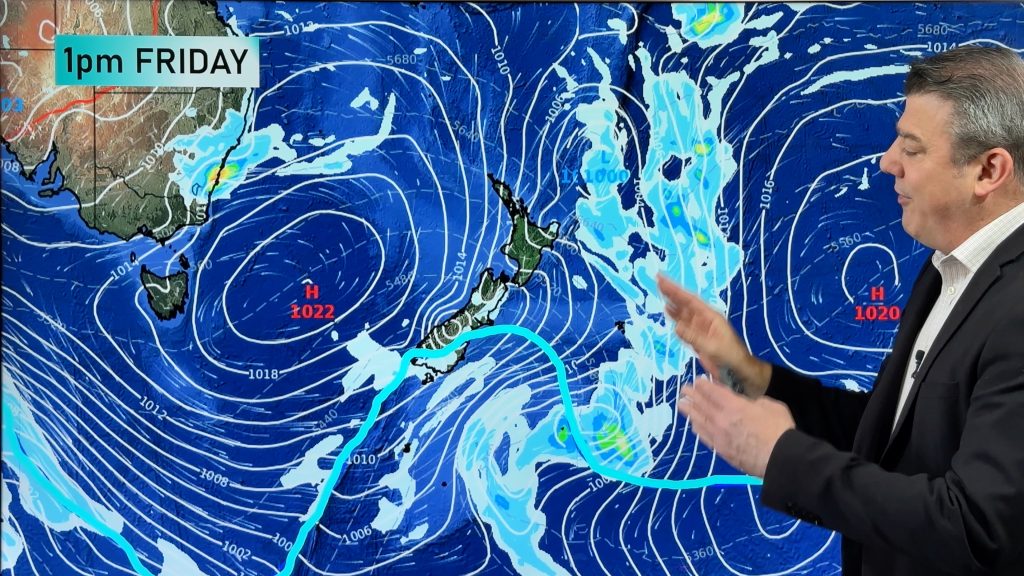
> From the WeatherWatch archives
UPDATED — Extensive coverage from Weatherzone covering Sydney, NSW, Melbourne, Victoria, Alice Springs and the Top End.
May shaping up to be Sydney’s coldest in four decades (written on Sunday)
With just a few days left in the month, May is turning out to be Sydney’s coldest in more than four decades, according to weatherzone.com.au.
“A cloudy and wet end to the month will ensure this will be Sydney’s coldest May since 1970,” Weatherzone meteorologist Brett Dutschke said.
Nights have been the standout with minimum temperatures averaging less than 10.8 degrees, almost a degree below the long-term average, and the lowest for May since 1970.
It cooled below 10 degrees on 11 nights this month, typically in May there are only eight. On the 15th and 16th the city chilled to 7.3 degrees, the coldest it has been this early in the year since 1970.
“Relatively clear skies and dry southwesterly winds have given us many chilly nights,” Dutschke said.
In 1970, May’s overnight minimums averaged 10.4 degrees. The May record low average is 9.4 degrees, in 1865.
Regarding daytime temperatures it has been Sydney’s coldest May in 32 years, despite days being warmer than the long-term average maximum of 19.4 degrees.
This May’s average maximum is about 19.5 degrees, which is well below what Sydneysiders have been used to in the last decade, when maximums averaged higher than 20.
May days have not been colder since 1979, when maximums averaged 18.9 degrees. The record low average for May is 16.6 degrees, in 1898.
“We can’t blame cloud for the lack of warmth during the day. We’ve had an hour extra sunshine per day, averaging seven hours compared to the long-term norm of six,” Dutschke said.
“The fact that we’ve had three major cold fronts come through in the last three weeks has given us little time to warm up. Fronts this strong don’t normally arrive until late May or June. They have left southeastern Australia’s inland very cold, and southwesterly winds have sent some of this cold to the coast.”
“One cold front even brought snow to Orange mid-month, a once-in-a-decade delivery for this early in the year,” Dutschke said.
When combining overnight and daytime temperatures this month, it has been Sydney’s coldest May in 41 years, despite being only 0.3 of a degree colder than the long-term norm of 15.5.
In 1970, May’s average temperature was 14.5 degrees.
May is typically a transition month, and this one has been no exception. Since April, nights have become four degrees colder and days three degrees colder.
“Looking ahead to the next few days, cool days and mild night because of cloud. This cloud will bring some decent rain, generally 25 to 50mm with potential for near 100mm – quite a turn-around from the recent cold and dry. A low pressure system will develop off the coast, driving widespread rain and strong winds onto most of the NSW coast and ranges. Sydney may pick up more rain in the next two days than for the month so far. However, this may still not be enough to take Sydney to its monthly average of 120mm. This will be the driest May since 2008, when only three millimetres fell,” Dutschke said.
“The coming winter should start reasonably wet, but then dry out as the season progresses due to La Nina coming to an end. Daytime temperatures are looking near-or-just-above average with help from clearing skies. Nights should stay pretty close to the long-term norm.”
Melbourne’s gloomy May – coldest in 41 years (written on Monday)
A lack of sunshine has contributed to Melbourne having its coldest May days in 41 years, according to weatherzone.com.au.
The city averaged a maximum temperature of 16.3 degrees, only 0.4 of a degree colder than the long-term norm, but still the coldest since 1970.
“Cloud cover has been a significant contributor to the daytime cold. We’ve had an hour-and-a-half less sunshine per day, giving us many gloomy days. The long-term May average is four hours of sunshine per day,” Weatherzone meteorologist Brett Dutschke said.
“Cloud has certainly been a feature because southerly winds have been the norm since the 5th of May, a result of three strong cold fronts,” Dutschke said.
“There was also a particularly long cold spell, a 12-day stretch from the 5th to 16th in which it didn’t warm past 16 degrees, the longest cold run this early in the year since 1960. It was more typical of June or July.”
The coldest day was Wednesday the 11th, when it only reached a maximum of 12.2 degrees, four-and-a-half degrees below the long-term average.
“This was unusually cold for this time of year. It came in the wake of the strongest front we have experienced since last winter. It was such a strong front that it brought snow to Orange in central New South Wales and record early-season cold to the far northern tropics, including Darwin.”
The effects have been felt across much of Victoria, especially inland. Ballarat has also had its coldest May days since 1970, averaging a maximum of just 12.3 degrees, 1.3 degrees below the long-term average.
“The extra cloud in Victoria meant nights were not that cold, in general,” Dutschke said.
Melbourne’s overnight minimum averaged 9.6 degrees, one degree above the long-term norm, equally cold as May 2009, and not as cold as the 9.0 degrees the previous May.
With all the cloud about this month, Melbourne had 13 rain-days, just one fewer than the long-term monthly average. There was 68mm of rain, 12mm more than average and the wettest May in 11 years. In May 2000, 91mm was recorded.
“Looking ahead to winter, Melbourne and most of Victoria should gain close to their long-term average. We are likely to continue to get regular cold fronts, which are typically our main source of winter rain, especially in non-La Nina times, like now. Regarding temperatures, it is also looking pretty normal for both days and nights. We will get our usual cold periods because of the fronts passing through, but overall it should turn out near-average,” Dutschke said.
Top End struck by coldest May on record (Written on Tuesday)
Darwin and other parts of the Top End have just had their coldest May on record, according to weatherzone.com.au.
And this comes after the coldest April in five years, so it’s been cooling down rather quickly since March, which was warmer than normal.
This May was more than two degrees colder than average by night and more than a degree colder than average by day.
Overnight minimums averaged 19.9 degrees, which equals the record low for May, equal to May 1999.
Daytime maximum temperatures averaged just under 31 degrees, the lowest in May since 1968.
Combining overnight and daytime temperatures it turned out to be the equal coldest May on record, averaging just 25.3 degrees, almost two degrees colder than the long-term norm.
May 2011 was equally as cold as May 1960.
Elsewhere in the Top End, Katherine has had its coldest May in more than 20 years. Katherine’s overnight minimums averaged just 14 degrees, about two-and-a-half degrees colder than the long-term average of 16.7. Katherine’s daytime maximums averaged just under 30 degrees, more than two degrees colder than the long-term average.
“The cold has affected every district in the Northern Territory due to persistent southeasterly winds which have been very dry, a result of three major cold fronts across southeastern Australia in the last three weeks,” Weatherzone meteorologist Brett Dutschke said.
Alyangula on Groote Eylandt and Wollogorang have both had their coldest May nights in 29 years of records. Brunette Downs has had its coldest May days in 45 years of records and Tennant Creek its coldest May nights in 42 years of records.
“The southeasterlies for most of the month have given us quite a wind chill as well, especially in the Alice, where they’ve had a record run of frosty mornings,” Dutschke said.
This morning was the fifth consecutive morning of sub-zero temperatures in Alice Springs, a new May record. The previous record May run was four mornings, in 1976.
“This would even be unusual for June, it’s more typical of July.”
Overall this month it has been the coldest May in 11 years for Alice Springs, in terms of nighttime and daytime temperatures combined.
“Looking ahead, we’ll only see gradual warming over the interior in the next few days as southeasterly winds ease but another burst of southeasterlies from Monday will bring us some more chilly weather through to the following weekend,” Dutschke said.
Coldest May mornings in three decades for the Alice (Written on Monday)
Alice Springs has had four nights of sub-zero temperatures in a row, the longest May cold spell since 1976. The last time it dropped below zero this early in the year was 2001.
A combination of cool very dry air and clear skies has seen temperatures plummet overnight, and the pattern looks set to continue for the rest of the week with lows of zero degrees forecast until Thursday.
A large area of high pressure centred over the Great Australian Bight has delivered a cool southerly airflow over the territory for the past week. This has meant that daytime and night-time temperatures across the Territory have been well below average for this time of year.
As far north as Katherine and Batchelor, temperatures dropped to seven degrees below average overnight.
In Alice Springs another sub-zero night tomorrow will make it the longest May cold spell since records began in 1942. A run this cold would be unusual even in June.
– Weatherzone
Comments
Before you add a new comment, take note this story was published on 31 May 2011.






Add new comment